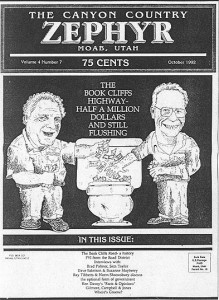
That isn’t what happened. Fortunately, there is an excellent record of the facts as they occurred between 1988 and 1993—from this publication. So let’s get the facts right…
In 1988, Grand County citizens voted in a referendum that would ban industrial applications like toxic waste incinerators, via a change in our zoning laws. The plan to bring the incinerator to Grand County was the brainchild of then-Commissioners Jimmy Walker, Dutch Zimmerman and David Knutson.
In retrospect, I can see that, while many of us disagreed strongly with the plan, they were simply looking for ways to boost an ever-shrinking tax base that had seen much of its population lose jobs after the uranium collapse and move away.
Still almost 60% of the voters opposed the idea and the referendum passed, the incinerator was stopped and both Walker and Zimmerman, who were up for re-election, were defeated. Democrats Merv Lawton and Ferne Mullen became the new 4 year and 2 year commissioners, now joining Republican Knutson.
As lame duck commissioners, Walker, Zimmerman and Knutson established the “Grand County Roads Special Service District.” There was some logic to the creation of a service district. The Utah state legislature had allowed the establishment of these districts so that counties in Utah could receive federal mineral lease monies without jeopardizing PILT (payment in lieu of taxes) funds that were already being distributed. The idea however that the funds must be spent on roads, a notion pushed by the new road district, was simply wrong.
What made the creation of the district even more troubling was that the lame duck commissioners, in effect, installed themselves to run the new district. Walker became its paid administrator and Zimmerman sat on the board, as did Dave Knutson’s father, Ollie.
There was some hope that the new Democrat-controlled commission would stop the ‘road-only’ agenda in its tracks early-on, but that did not happen. In the very first issue of The Zephyr, in the first interview with the new commission and, in fact, the first question, I asked Lawton, Mullen and Knutson about the highway proposal (and another road proposal being pushed by the BLM at Trough Springs). Knutson, of course, was 100% in favor. But so were Mullen and Lawton…
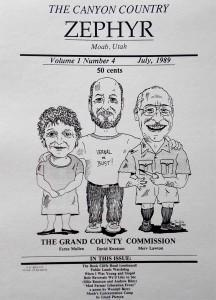 From March 14, 1989:
From March 14, 1989:
Ferne: Yes I support both of them. The Book Cliffs Road will provide a road from northern Utah and Yellowstone, where they can come directly through the Canyonlands…
Merv: On the Book Cliffs Road, it sounds like a sound scheme. I’ve been up in the Vernal area and it’s been an awful sweat to get down to here. It has good potential for tourism and there are a lot of gas and oil areas in that region that could benefit Grand County.
So, in the beginning, opposition to the Book Cliffs Highway was practically nil. The road district, with letters of support from both the Grand County Commission and the Moab City Council received a substantial loan from the CIB (the Community Impact Board) to begin the process of engineering a route and obtaining the necessary environmental clearances that such a project would require. The BLM spent the next four years preparing a massive Environmental Impact Statement (EIS).
In November 1990, David Knutson was re-elected, beating Democrat Dave Bierscheid and Manuel Torres defeated Craig Bigler. Now, with what they considered a mandate from the voters of Grand County, the Republican-controlled commission moved forward with the highway, convinced that opposition to the road was negligible.
And because of a change in the state law, BOTH Torres and Knutson were elected to four year terms. Previously, county commissions consisted of two 4-year terms and one 2-year. In this way, the balance of power could always shift after two years. Now, with all three seats converted to four year terms, both Republicans felt confident they could pursue their agenda without interference until 1994.
By 1992, attitudes toward the highway began to shift. HOWEVER, it was NOT the Book Cliffs Highway that precipitated the plan to change Grand County’s form of government. In fact, it had nothing to do with the road or the road board at all.
In March 1992, the Grand County Travel Council presented its recommendations for a new executive director. Despite their choice, the commissioners picked one of their own, Moabite Robbie Swazey, who had previously served as a volunteer deputy director of the Moab Film Commission. The outrage this decision created for some members of the Travel Council board was fast and furious. Half the board resigned and it was after that meeting when the idea of creating a new form of government in Grand County first surfaced.
As the summer turned to fall and the ‘change of government’ vote drew closer, the issue of the Book Cliffs Highway finally became part of the discussion. In October 1992, the BLM released its EIS and did not support the highway as planned by the Road District. It did offer the alternative of paving the east canyon road along its current alignment, a choice that made nobody happy.
Finally, in November, the change of government proposal was approved by the voters of Grand County. A new 7-person council was elected in February 1993 and in April, 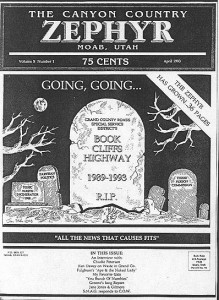 the council de-funded the road district, choosing instead to re-distribute the mineral lease funds to other special service districts, including the hospital and waste management districts.
the council de-funded the road district, choosing instead to re-distribute the mineral lease funds to other special service districts, including the hospital and waste management districts.
‘The Book Cliffs Highway’ was dead. That’s how it happened. What happens next is anybody’s guess…
NOTE: While virtually none of the issues of The Zephyr, from 1989 to 1998 are online, we are in the process of transcribing some of the most important stories, articles and interviews from that period and posting them on our Zblog page. We will announce new postings as they happen…JS.
—
www.canyoncountryzephyr.com
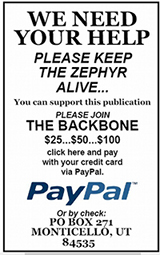

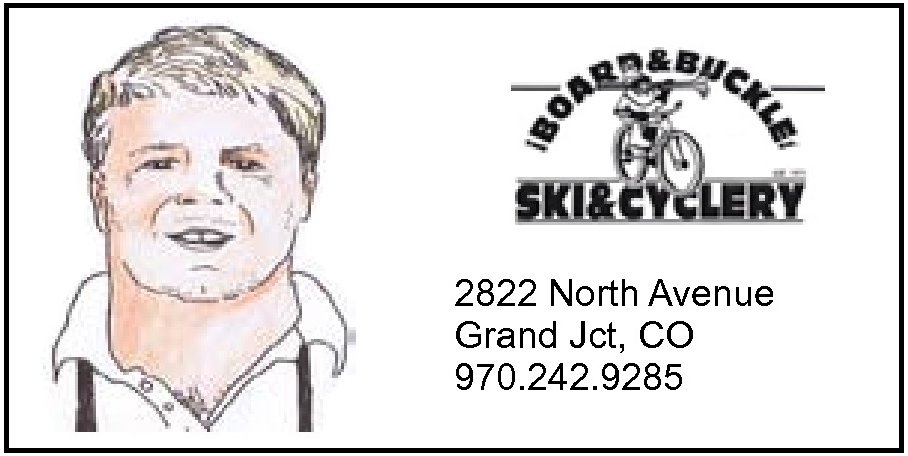




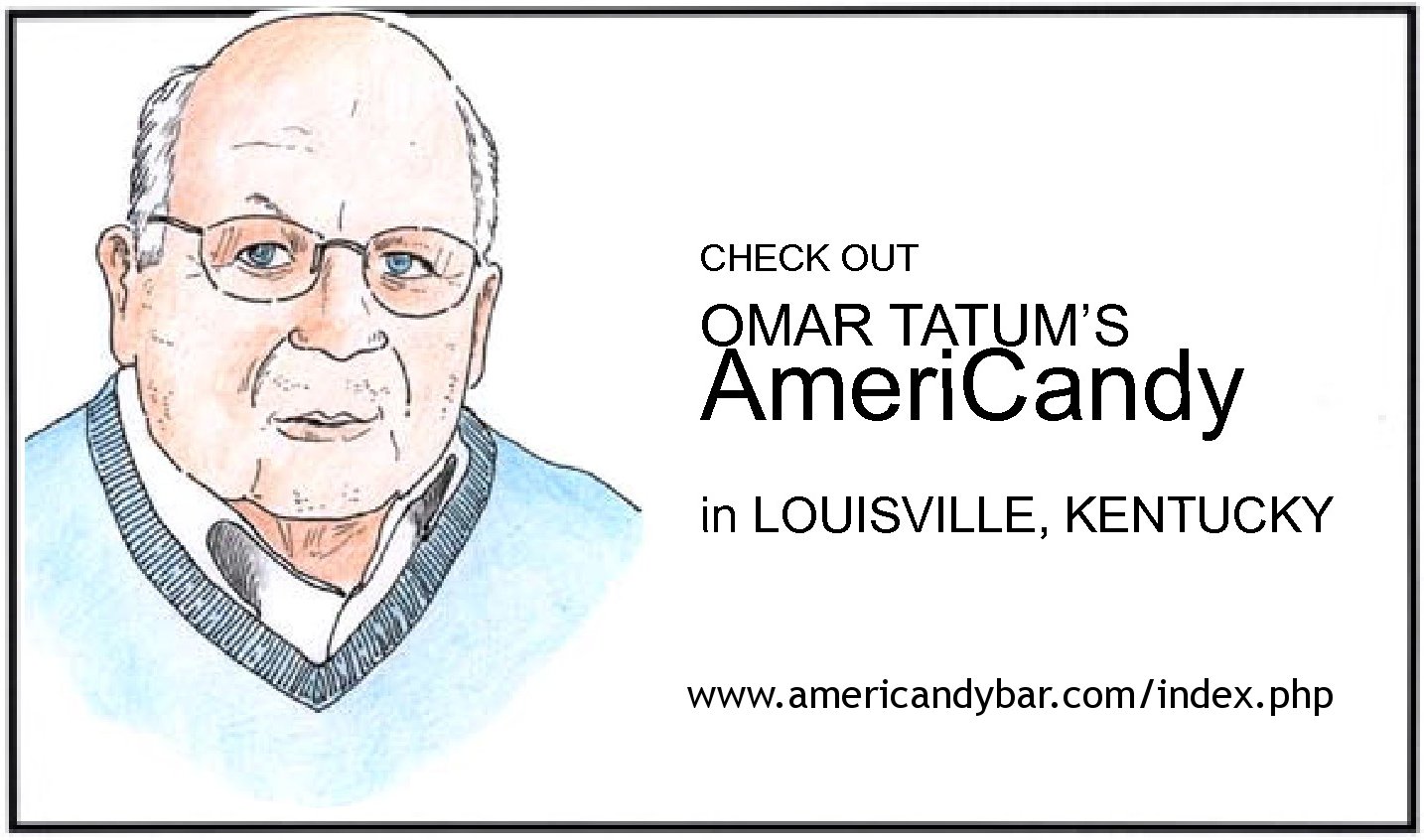


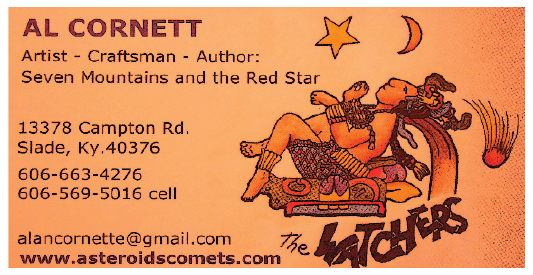


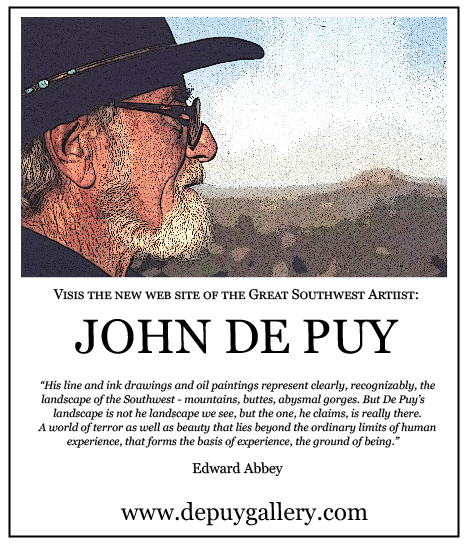

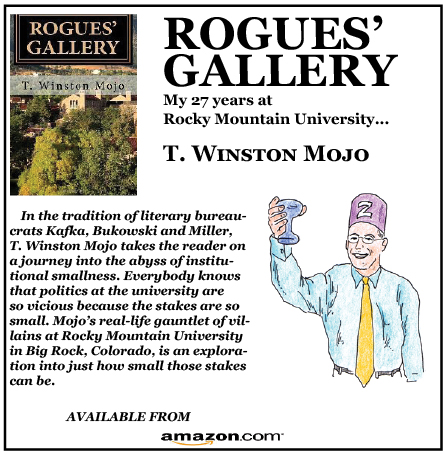
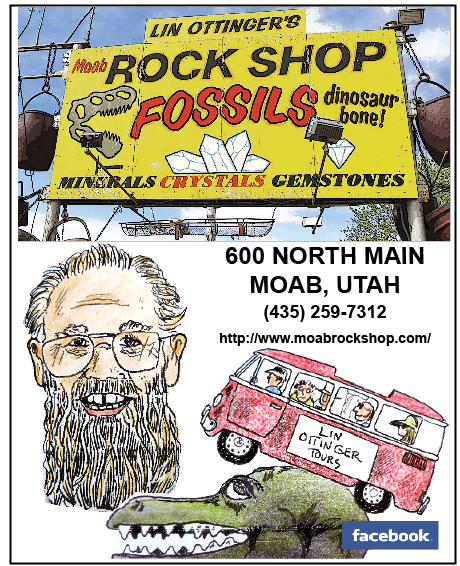
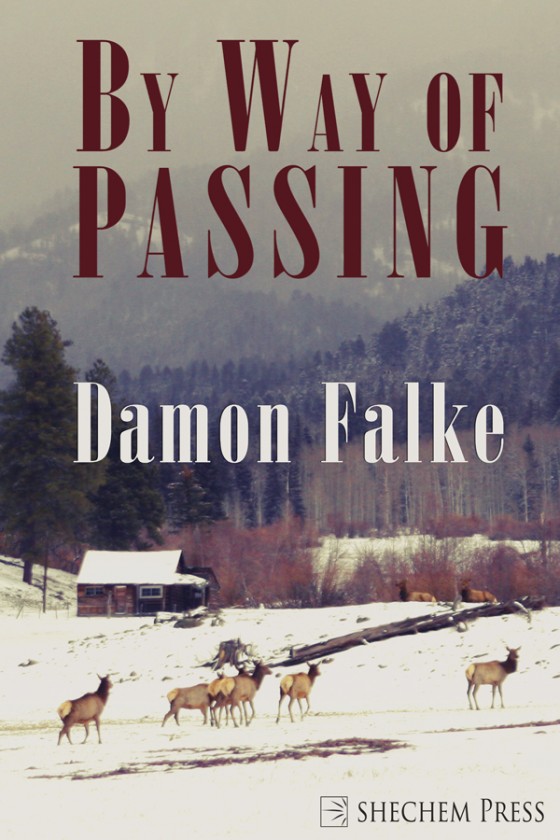
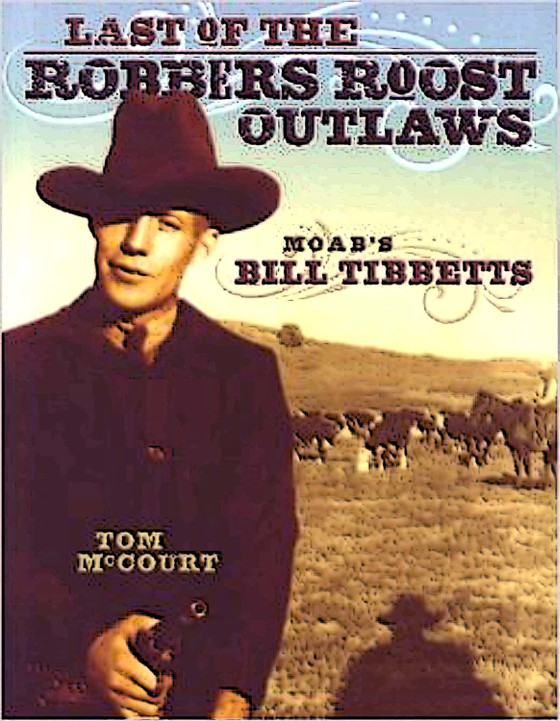
0 Responses
Stay in touch with the conversation, subscribe to the RSS feed for comments on this post.